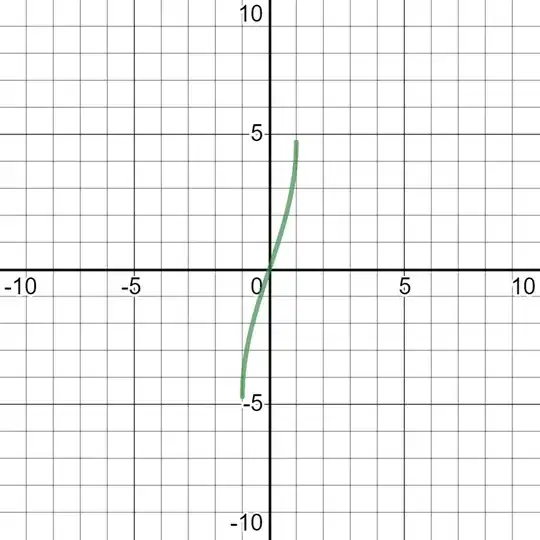The expression $\sin^{-1} (3x-4x^3)$ is equal to $3\sin^{-1} x$ according to this proof:
$$\sin^{-1} x = \theta \implies \sin\theta =x....eq.(1)$$
$$\sin 3\theta = 3\sin\theta - 4\sin^3 \theta.....eq.(2)$$
$$\text{Substituting equation 1 into 2 we get...} \sin 3\theta=3x-4x^3$$
$$\therefore 3\sin^{-1} x =\sin^{-1} (3x-4x^3)$$
However, the graphs of both the expressions differ,
The graph of $\sin^{-1} (3x-4x^3)$ is... $\sin^{-1} (3x-4x^3)$ ">
$\sin^{-1} (3x-4x^3)$ ">
and the graph of $3\sin^{-1} x$ is ...
Now my question is
Why do they differ when they are proven to be the same? Is there anything wrong with my proof?